Safeguarding Solar Rope Lights from Water Damage
Solar rope lights have become a popular choice for outdoor lighting, offering a versatile and eco-friendly way to illuminate gardens, patios, and pathways. These flexible, tube-like lights, powered by solar energy, combine aesthetic appeal with sustainable lighting. However, their outdoor placement exposes them to environmental challenges, particularly water damage from rain, sprinklers, or humidity. Water ingress can compromise the solar panel, rechargeable battery, and LED strip, leading to reduced performance or complete failure. This article explores effective strategies to protect solar rope lights from water damage, emphasizing the importance of waterproofing for long-term durability and sharing practical user tips to ensure reliable operation.
Why Waterproofing Matters for Solar Rope Lights
Solar rope lights are designed for outdoor use, but not all models are equally resilient to water exposure. Water damage can corrode electrical components, degrade the solar battery, and cause short circuits in the LED strip, significantly shortening the lights’ lifespan. According to industry data, up to 30% of solar light failures are attributed to moisture-related issues. Proper waterproofing is critical to maintaining solar light efficiency and ensuring consistent illumination, especially in regions with frequent rain or high humidity.
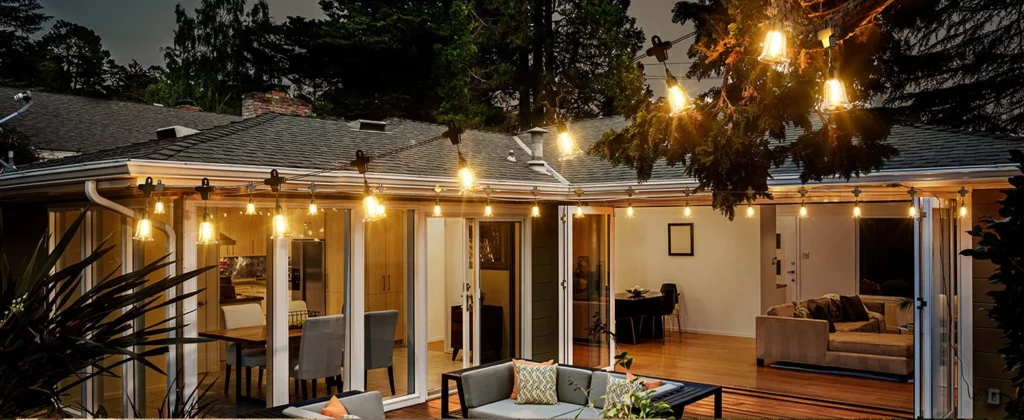
The IP rating (Ingress Protection) is a key indicator of a light’s resistance to water and dust. For outdoor solar lighting, an IP65 rating or higher is recommended, indicating protection against water jets and dust ingress. Understanding and prioritizing waterproofing not only extends the life of solar rope lights but also maximizes their environmental and cost-saving benefits.
Common Causes of Water Damage in Solar Rope Lights
Several factors contribute to water damage in solar rope lights:
- Poor Sealing: Inadequate seals around the solar panel, solar battery, or connection points allow water to infiltrate sensitive components.
- Low-Quality Materials: Cheaper solar rope lights may use substandard plastics or adhesives that degrade under prolonged moisture exposure.
- Improper Installation: Incorrect placement, such as positioning lights in areas prone to pooling water, increases the risk of damage.
- Weather Extremes: Heavy rain, snow, or freeze-thaw cycles can exploit weaknesses in waterproof solar lights, especially those with lower IP ratings.
- Neglected Maintenance: Accumulated dirt or debris can trap moisture against the LED strip or solar panel, accelerating wear.
User discussions on platforms like Bitpott highlight that many failures occur due to overlooked installation errors or choosing lights with insufficient waterproofing for their environment.
Strategies to Protect Solar Rope Lights from Water Damage
To safeguard solar rope lights and ensure long-term performance, consider these practical tips drawn from user experiences and technical insights:
1. Choose High IP-Rated Solar Rope Lights
Select solar rope lights with an IP65 rating or higher for robust waterproofing. For example, IP67-rated lights can withstand temporary submersion, making them ideal for areas with heavy rain or sprinklers. Check manufacturer specifications and user reviews on Bitpott to verify claims of water resistance, as some budget models may overstate their IP rating.
2. Inspect and Reinforce Seals
Before installation, examine the solar panel, solar battery compartment, and LED strip connections for tight seals. Apply silicone sealant around joints or connectors to enhance waterproofing, especially for lights with an IP65 rating or lower. Users report that adding a thin layer of silicone can reduce water ingress by up to 50% in vulnerable areas.
3. Use Weatherproof Enclosures
For the solar panel and rechargeable battery, consider placing them in a weatherproof enclosure if they’re not integrated into the light. A sealed plastic or metal box with proper ventilation can protect these components from rain and humidity while maintaining functionality. Ensure the enclosure allows sufficient solar energy access to the panel.
4. Optimize Installation Location
Install solar rope lights in areas that minimize water exposure. Avoid low-lying spots where water pools or areas directly under dripping eaves. Elevate solar panels on mounts to prevent submersion during heavy rain. For LED strips, secure them under overhangs or awnings to reduce direct water contact while still allowing solar energy capture.
5. Regular Cleaning and Maintenance
Moisture trapped by dirt or debris can corrode solar rope lights over time. Clean the solar panel and LED strip monthly with a soft cloth and mild detergent to remove grime. Inspect for cracks or wear in the waterproof coating and reapply silicone sealant as needed. Regular maintenance can extend the lifespan of outdoor solar lighting by 1-2 years.
6. Use UV-Resistant and Durable Materials
Exposure to sunlight and moisture can degrade the plastic tubing of solar rope lights. Choose models with UV-resistant, high-grade PVC or silicone casings to prevent cracking or yellowing, which can compromise waterproofing. These materials are more resilient to environmental stress and maintain solar light efficiency.
7. Protect During Extreme Weather
In regions with severe weather, such as hurricanes or heavy snow, temporarily remove or cover solar rope lights to prevent damage. Use waterproof covers or store lights indoors during prolonged storms. For freeze-thaw cycles, ensure the solar battery is rated for low temperatures to avoid cracking.
8. Test for Leaks Before Full Installation
Before permanent setup, test solar rope lights by spraying them with a hose or submerging them (if IP67-rated) to check for leaks. This step, recommended by Bitpott users, helps identify weak points in waterproofing and prevents costly replacements.
User Experiences with Waterproof Solar Rope Lights
Real-world insights highlight the effectiveness of these strategies:
- Urban Patio Setup: Jane, a homeowner in Miami, installed IP65-rated solar rope lights around her patio. After noticing dimming during rainy seasons, she added silicone sealant to the solar panel connectors and elevated the panel above ground level. This extended the lights’ runtime from 4 to 8 hours, even after heavy rain.
- Rural Garden: Tom, a gardener in Oregon, used IP67-rated solar rope lights to outline his flower beds. By placing the solar panel in a weatherproof enclosure and cleaning it biweekly, he maintained consistent performance through frequent drizzle, with no failures after two years.
- Coastal Walkway: A community in San Diego deployed solar rope lights along a boardwalk. Initially, salt spray caused corrosion, but switching to UV-resistant, IP68-rated lights and applying waterproof coating to the LED strip resolved the issue, ensuring vibrant outdoor lighting.
These cases demonstrate that proactive waterproofing and strategic installation can significantly enhance the durability of solar rope lights.
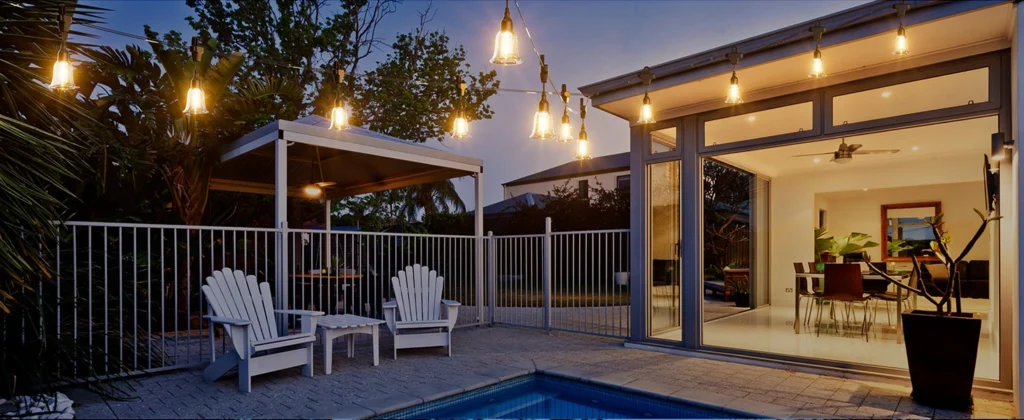
Technical Considerations for Waterproofing
The design of solar rope lights plays a critical role in their water resistance:
- Solar Panel Durability: High-quality solar panels, such as those made of tempered glass or coated with waterproof resin, resist moisture and UV damage better than plastic-backed panels.
- Battery Protection: Lithium-ion batteries are less prone to moisture-induced degradation than lead-acid batteries. Ensure the solar battery compartment has a tight seal and is elevated to avoid water pooling.
- LED Strip Encapsulation: The LED strip should be encased in a durable, waterproof coating like silicone or epoxy to prevent water ingress. Check for uniform sealing along the entire length.
- Charge Controller: A waterproof charge controller ensures stable energy flow even in humid conditions. MPPT controllers are particularly effective, optimizing solar light efficiency in variable weather.
Common Misconceptions About Solar Rope Lights
Some users believe that all solar rope lights are inherently waterproof due to their outdoor design. However, IP ratings vary, and lower-rated models (e.g., IP44) offer only splash resistance, not full waterproofing. Another misconception is that water damage is immediately visible. In reality, slow corrosion can degrade solar batteries or LED strips over months, leading to unexpected failures.
Conclusion
Protecting solar rope lights from water damage is essential for maintaining their performance, longevity, and aesthetic appeal in outdoor lighting applications. By choosing IP65-rated or higher models, reinforcing seals with silicone sealant, and optimizing installation, users can significantly reduce the risk of moisture-related issues. Regular maintenance, durable materials, and strategic placement further enhance waterproofing, ensuring solar rope lights remain a reliable, sustainable lighting solution. Whether illuminating a coastal walkway or a backyard patio, these strategies empower users to harness solar energy effectively, even in challenging weather conditions.

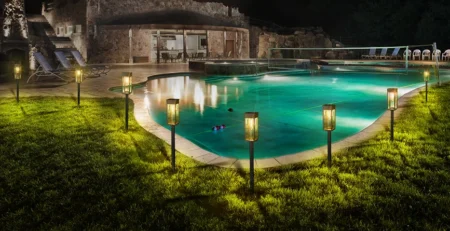
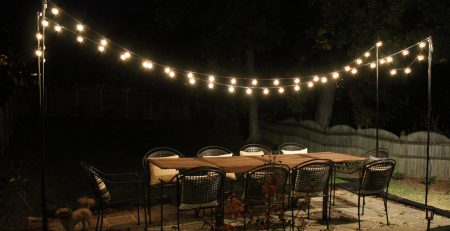
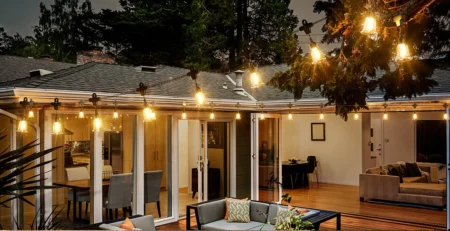
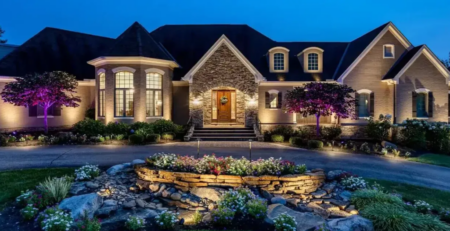
-4-450x231.webp)

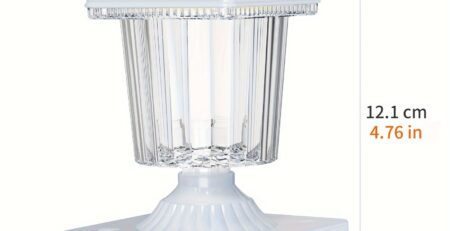
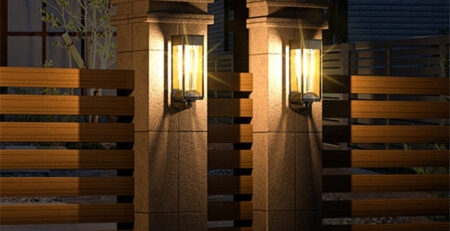
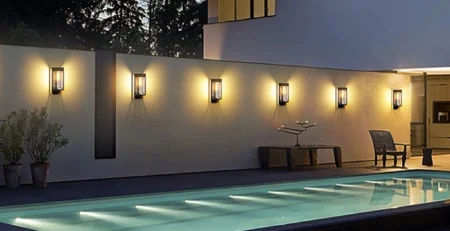

Leave a Reply